Weight training at home is one of the most accessible, effective ways to build strength, confidence, and energy—especially for beginners. You don’t need a fancy gym membership or expensive equipment to start seeing real results. All you need is a little space, a few basic tools, and a willingness to show up consistently.
Why Weight Training at Home Is Perfect for Beginners
Starting your strength journey at home has many advantages. It’s private, convenient, and allows you to progress at your own pace. There’s no pressure to “keep up” with others or figure out how to use intimidating gym machines. With just your bodyweight or a set of dumbbells, you can start building foundational strength that supports everything from posture and joint health to daily tasks like lifting groceries or climbing stairs.
Core Benefits of Beginner Strength Training at Home
-
Build lean muscle to increase your metabolism and burn fat more efficiently
-
Strengthen bones and joints, reducing risk of injury as you age
-
Boost energy and mood, thanks to the endorphins released during exercise
-
Improve posture and core stability, which is especially helpful for those who sit most of the day
And perhaps most importantly, strength training fosters a sense of self-discipline and achievement. Each rep becomes a small promise kept to yourself.
Essential Equipment for Home Weight Training
You don’t need much to start. A few recommended items:
-
Dumbbells or adjustable weights (start with light to moderate pairs: 5–15 lbs)
-
Resistance bands for added variety and joint-friendly tension
-
A sturdy mat for floor-based movements
-
A chair or bench for seated or incline exercises
Optional but helpful: kettlebells, stability balls, or even filled water bottles as makeshift weights.
Sample Beginner Weight Training Routine (3 Days/Week)
Day 1: Full Body Strength
-
Bodyweight squats – 3 sets of 10
-
Wall push-ups or knee push-ups – 3 sets of 8
-
Bent-over dumbbell rows – 3 sets of 10
-
Standing shoulder press – 3 sets of 10
-
Glute bridges – 3 sets of 12
Day 2: Active Recovery or Rest
Day 3: Lower Body Focus
-
Dumbbell goblet squats – 3 sets of 10
-
Step-ups using a bench or stairs – 3 sets of 10 (each leg)
-
Calf raises – 3 sets of 15
-
Glute kickbacks – 3 sets of 12
-
Wall sit hold – 3 rounds of 30 seconds
Day 4: Rest
Day 5: Upper Body & Core
-
Dumbbell chest press (floor or bench) – 3 sets of 10
-
One-arm rows – 3 sets of 10 (each arm)
-
Dumbbell lateral raises – 3 sets of 12
-
Plank – 3 rounds of 20–30 seconds
-
Russian twists (bodyweight or dumbbell) – 3 sets of 20
This plan offers balance and progression without overwhelming your body early on.
A Personal Note on Getting Started
When I first began training at home, it was out of necessity. A packed schedule and limited access to a gym meant I had to figure it out in my living room. I started with just a single pair of dumbbells and a yoga mat. At first, I struggled with consistency and second-guessed if it was enough. But after a few weeks, I noticed something: my energy was up, my arms were firmer, and I looked forward to those 30 minutes for myself. What started small eventually built a foundation for lasting strength—physically and mentally.
Tips to Stay Consistent
-
Set a schedule: Treat workouts like appointments
-
Track your progress: Write down weights, reps, and how you feel
-
Listen to your body: Rest when needed, but don’t skip out of habit
-
Celebrate small wins: Did one more rep? That’s a win.
Final Thoughts
Home weight training for beginners is not just a workout routine—it’s a commitment to your own strength, health, and growth. You don’t need to lift heavy or train for hours. You just need to begin.
Remember, every strong person was once a beginner. You’ve got everything you need to start—right where you are.




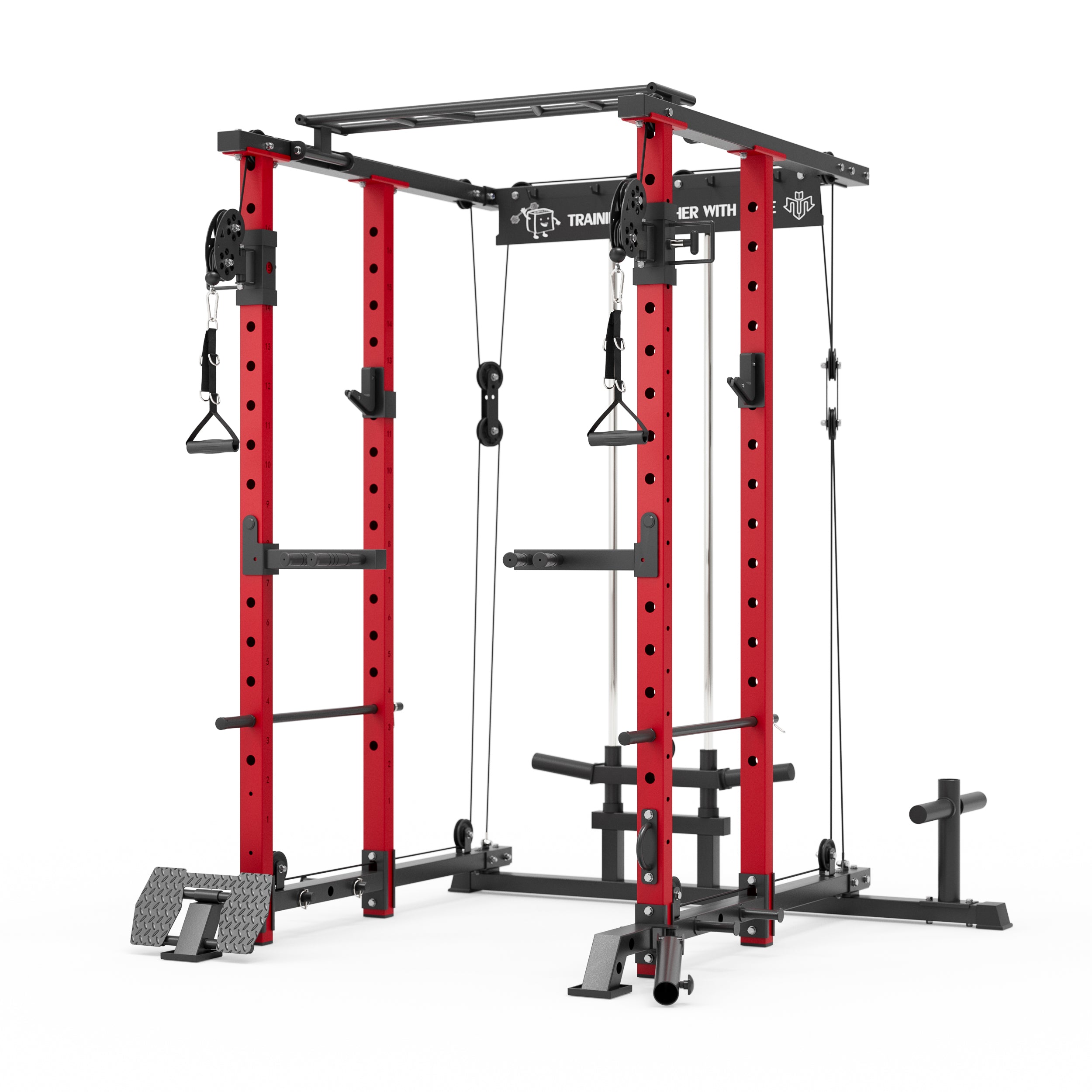


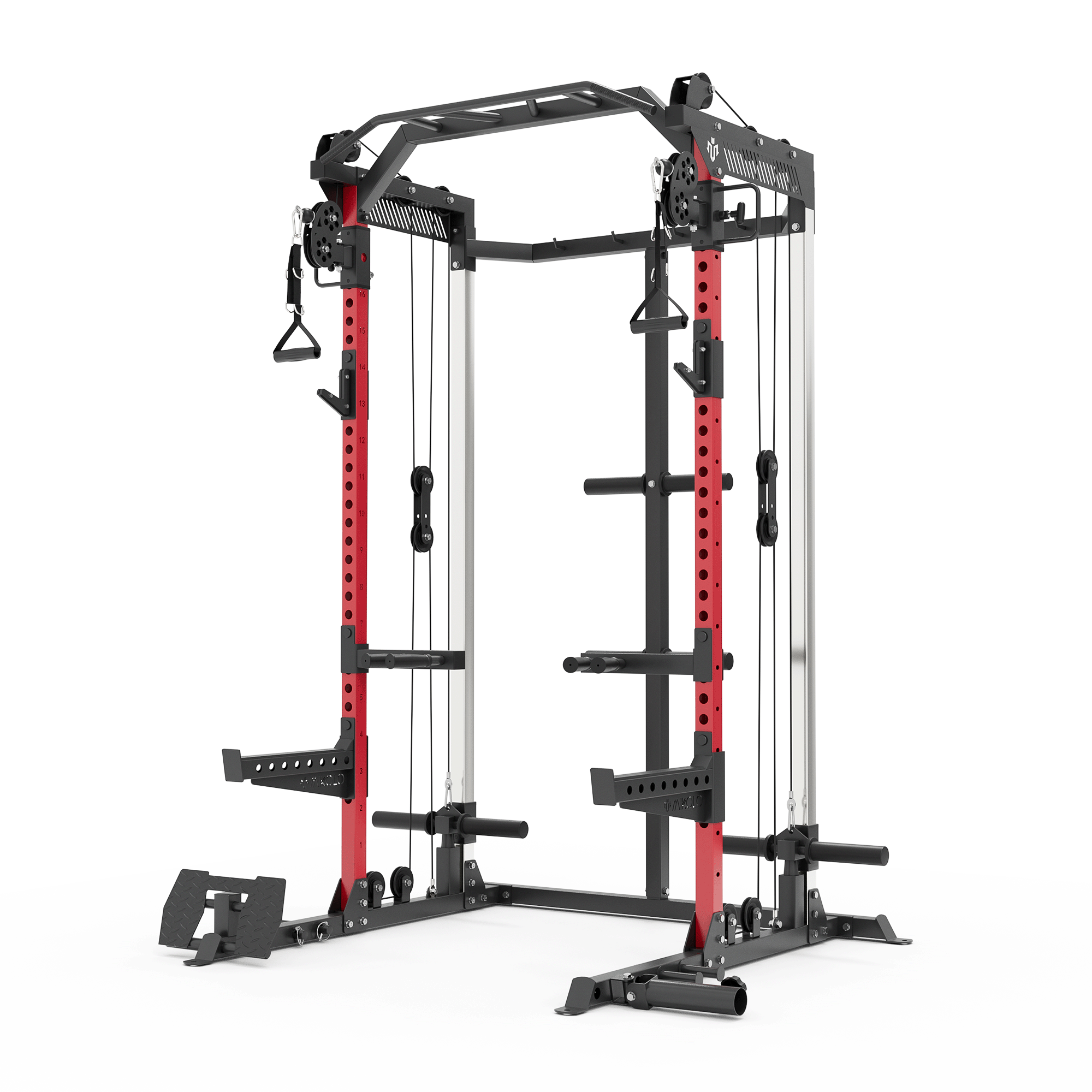



















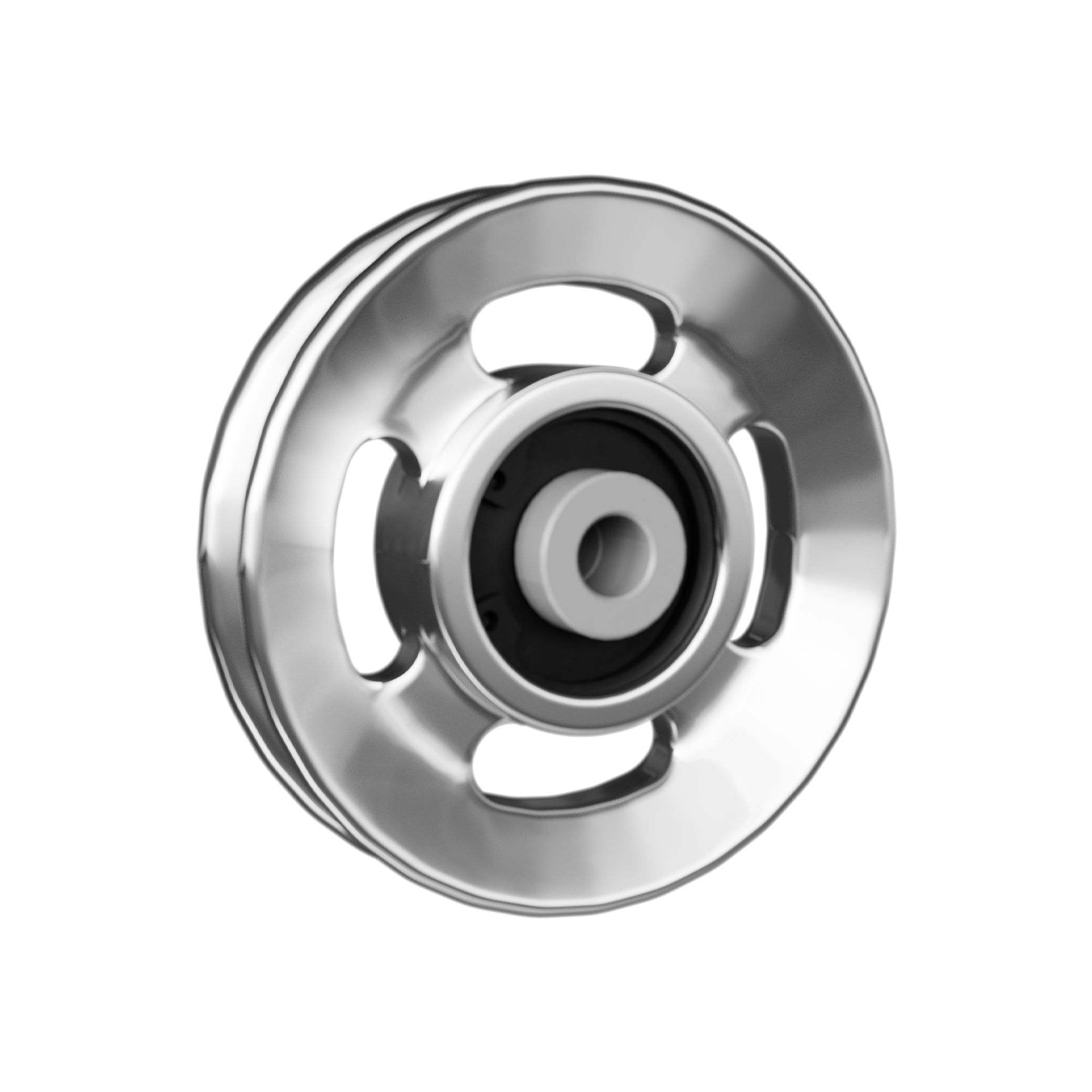



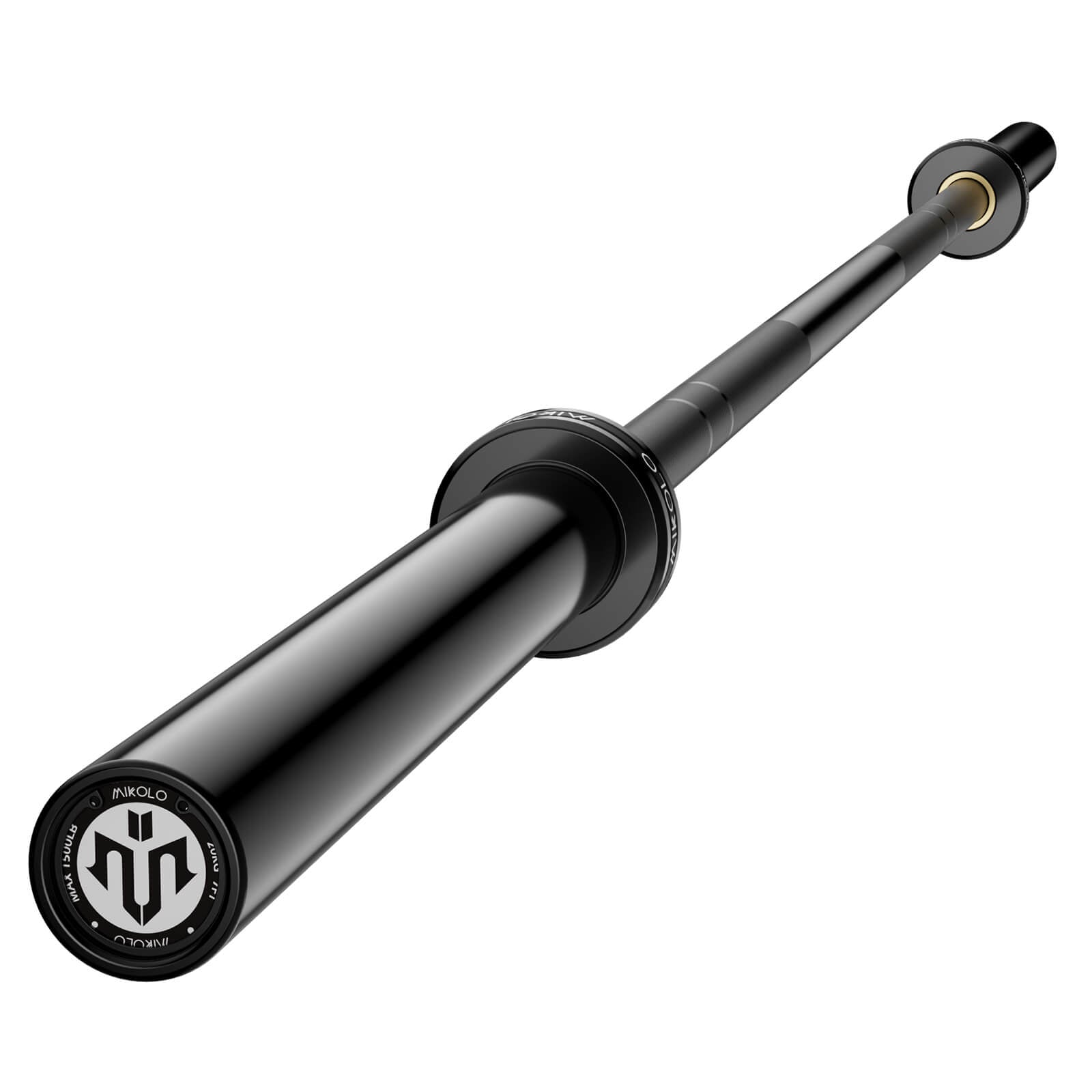









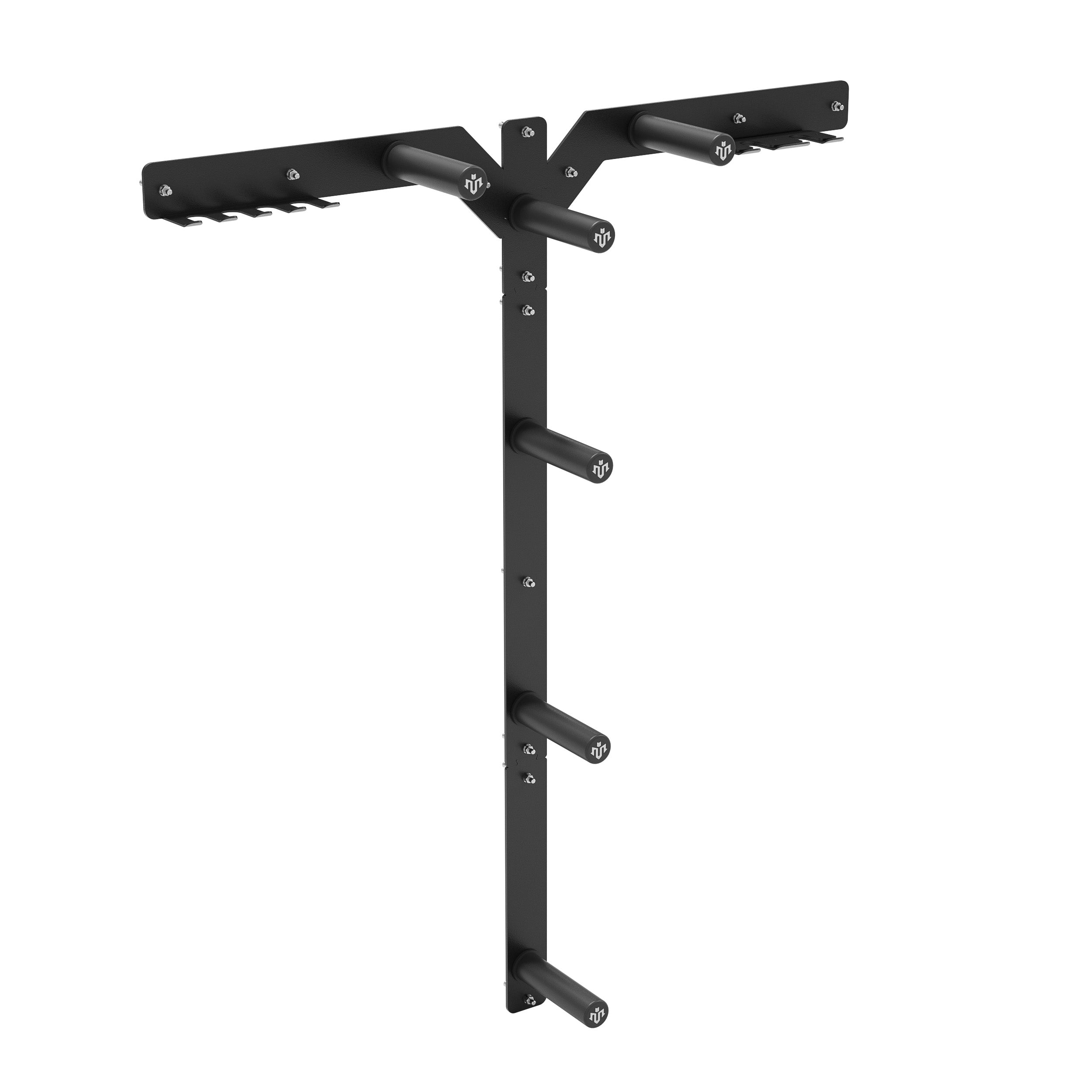





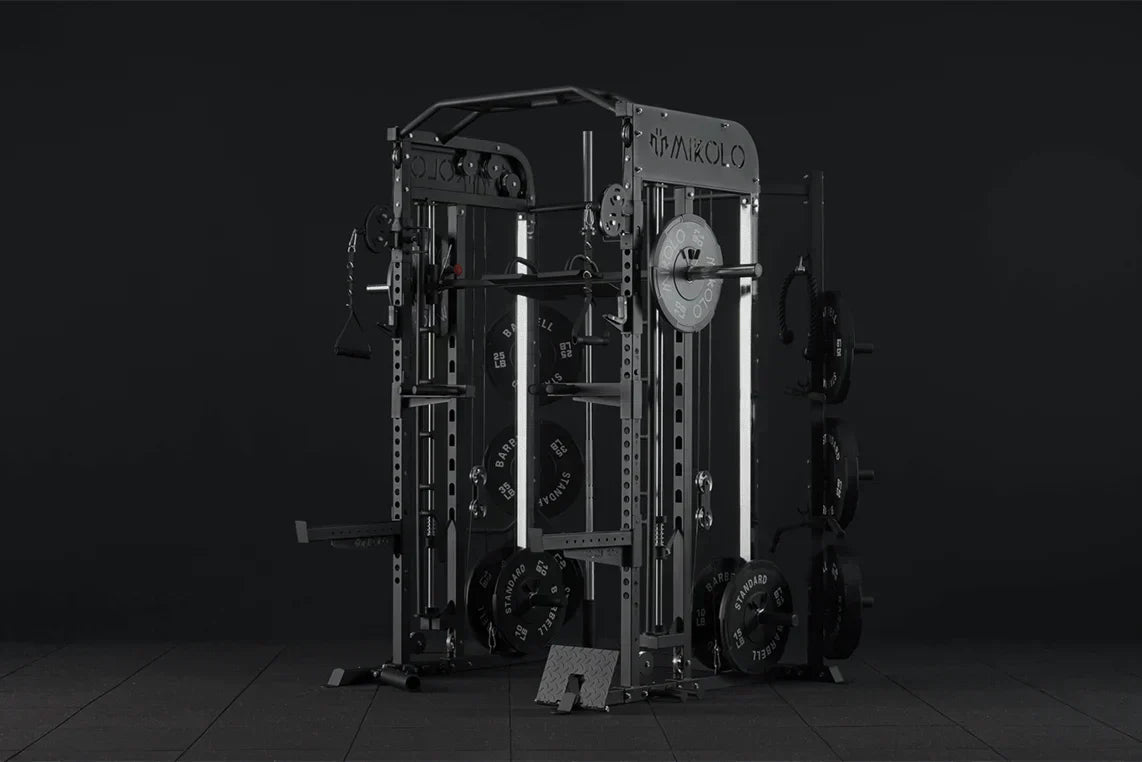
Leave a comment
This site is protected by hCaptcha and the hCaptcha Privacy Policy and Terms of Service apply.